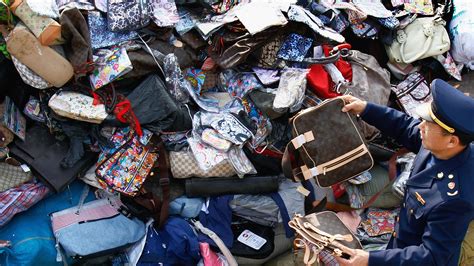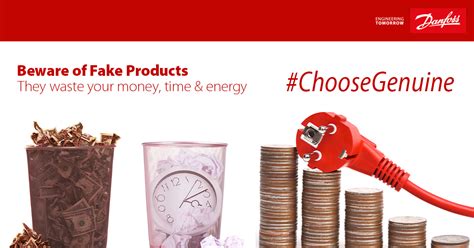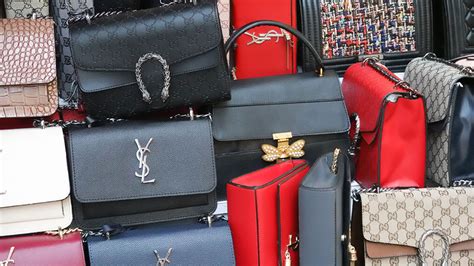fake cloths how they effect the market | counterfeit fashion brands fake cloths how they effect the market For many businesses, counterfeits can mean loss in revenue and damage to customer trust and reputation. However, in some cases they can actually put health and safety . Ala Mhigan Earrings – up to level 50 – Pre-order Stormblood. Aetherye Earring – up to level 70 – Pre-order Shadowbringers. Bozjan Earing – up to level 80 – Lost and Found IV achievement. Menphina’s Earring – up to level 80 – Pre-order Endwalker. Leveling Guide Per Level.
0 · why are counterfeits bad
1 · fashion industry counterfeit products
2 · effects of counterfeit products
3 · effects of counterfeit clothing
4 · counterfeit fashion brands
5 · counterfeit clothing meaning
6 · counterfeit clothing industry
7 · counterfeit clothing
Currently, the level cap in Final Fantasy 15 is level 120. To reach it you'll need somewhere in the region of 25-27 million EXP - which is a whole lot of EXP. Even one of the most rewarding.
Counterfeit fashion, often synonymous with knockoff products, refers to manufacturing the replica of products with the intent to deceive the buyer. Fashion clothing retailers such as Inditex (e.g., . For many businesses, counterfeits can mean loss in revenue and damage to customer trust and reputation. However, in some cases they can actually put health and safety . In 2020 alone, the fashion industry lost more than billion due to fake products; while the global counterfeiting industry was expected to hit .2 trillion by 2022; The most counterfeited products are clothing, followed by .
Despite extensive and expensive enforcement efforts by nearly all luxury and fashion brands, the counterfeit trade is positively booming with the .
More than 25% of consumers have unwillingly purchased non-genuine goods online – and according to a test by the U.S. Government Accountability Office, it was found . Recent site closures include those selling fake Christian Louboutin pumps, Vivienne Westwood jewellery, Mulberry leather wallets and Pandora bracelet charms. The sites are filled with stolen brand imagery and logos, . Replicas are growing in popularity among young consumers. According to a Red Points poll, nearly 20% of survey participants 18 to 29 said they had knowingly bought a fake product.
Products purchased directly via social media are twice as likely to be fake as those bought through other e-commerce channels, according to Certilogo. House of Sunny is making its designs more intricate to deter . Even with companies’ hefty budgets for brand protection efforts, the market for fakes continues to rise, driven by a confluence of factors – from the increased availability and ease with which these goods can be purchased to . Fashion products such as clothes and shoes are among the most replicated items. Marketplaces such as Amazon and Facebook are working to prevent the sale of counterfeit products. Fake products can result in health hazards, loss of image, and slow growth.Counterfeit fashion, often synonymous with knockoff products, refers to manufacturing the replica of products with the intent to deceive the buyer. Fashion clothing retailers such as Inditex (e.g., their brand Zara) or ASOS are long known to sell the knockoffs of the other brand’s products.
For many businesses, counterfeits can mean loss in revenue and damage to customer trust and reputation. However, in some cases they can actually put health and safety at risk.
why are counterfeits bad

In 2020 alone, the fashion industry lost more than billion due to fake products; while the global counterfeiting industry was expected to hit .2 trillion by 2022; The most counterfeited products are clothing, followed by cosmetics and personal care, watches and jewelry, handbags and luggage. Despite extensive and expensive enforcement efforts by nearly all luxury and fashion brands, the counterfeit trade is positively booming with the market for counterfeit clothing, textiles, footwear, handbags, cosmetics, and watches amounting to a whopping 0 billion – and growing – as of last year.
dior saddle with strap
More than 25% of consumers have unwillingly purchased non-genuine goods online – and according to a test by the U.S. Government Accountability Office, it was found that two of every five brand name products they bought . Recent site closures include those selling fake Christian Louboutin pumps, Vivienne Westwood jewellery, Mulberry leather wallets and Pandora bracelet charms. The sites are filled with stolen brand imagery and logos, alongside heavy discounts and suggestions of "outlet" or "last-season stock." Replicas are growing in popularity among young consumers. According to a Red Points poll, nearly 20% of survey participants 18 to 29 said they had knowingly bought a fake product.
Products purchased directly via social media are twice as likely to be fake as those bought through other e-commerce channels, according to Certilogo. House of Sunny is making its designs more intricate to deter counterfeiters. Even with companies’ hefty budgets for brand protection efforts, the market for fakes continues to rise, driven by a confluence of factors – from the increased availability and ease with which these goods can be purchased to an overarching evolution in how consumers have come to view counterfeits. Put simply, the counterfeit game is changing. Fashion products such as clothes and shoes are among the most replicated items. Marketplaces such as Amazon and Facebook are working to prevent the sale of counterfeit products. Fake products can result in health hazards, loss of image, and slow growth.
fashion industry counterfeit products
Counterfeit fashion, often synonymous with knockoff products, refers to manufacturing the replica of products with the intent to deceive the buyer. Fashion clothing retailers such as Inditex (e.g., their brand Zara) or ASOS are long known to sell the knockoffs of the other brand’s products. For many businesses, counterfeits can mean loss in revenue and damage to customer trust and reputation. However, in some cases they can actually put health and safety at risk.
In 2020 alone, the fashion industry lost more than billion due to fake products; while the global counterfeiting industry was expected to hit .2 trillion by 2022; The most counterfeited products are clothing, followed by cosmetics and personal care, watches and jewelry, handbags and luggage. Despite extensive and expensive enforcement efforts by nearly all luxury and fashion brands, the counterfeit trade is positively booming with the market for counterfeit clothing, textiles, footwear, handbags, cosmetics, and watches amounting to a whopping 0 billion – and growing – as of last year.
More than 25% of consumers have unwillingly purchased non-genuine goods online – and according to a test by the U.S. Government Accountability Office, it was found that two of every five brand name products they bought .
Recent site closures include those selling fake Christian Louboutin pumps, Vivienne Westwood jewellery, Mulberry leather wallets and Pandora bracelet charms. The sites are filled with stolen brand imagery and logos, alongside heavy discounts and suggestions of "outlet" or "last-season stock." Replicas are growing in popularity among young consumers. According to a Red Points poll, nearly 20% of survey participants 18 to 29 said they had knowingly bought a fake product.

Products purchased directly via social media are twice as likely to be fake as those bought through other e-commerce channels, according to Certilogo. House of Sunny is making its designs more intricate to deter counterfeiters.
effects of counterfeit products


dior pushchair
dior saddle weiss
For example, the RV upregulates significantly more growth factors and has a more robust fibrotic response than the LV in response to volume overload (Modesti et al., 2004), several microRNAs (miRNA 28, 148a, and 93) shown to be decreased in LV failure are increased in an animal model of RV failure (Reddy et al., 2012), and atrial natriuretic .
fake cloths how they effect the market|counterfeit fashion brands


























